Bread is an indispensable food in many cultures worldwide, and its lack of availability can be demoralizing.
Unfortunately, bread also tends to develop mold quickly. It can grow on it within days, leaving discolorations that make it distasteful and potentially hazardous to consume.
In this article, we'll look at what it looks like on bread, how to identify it, and what to do if you come across mold on your bread.
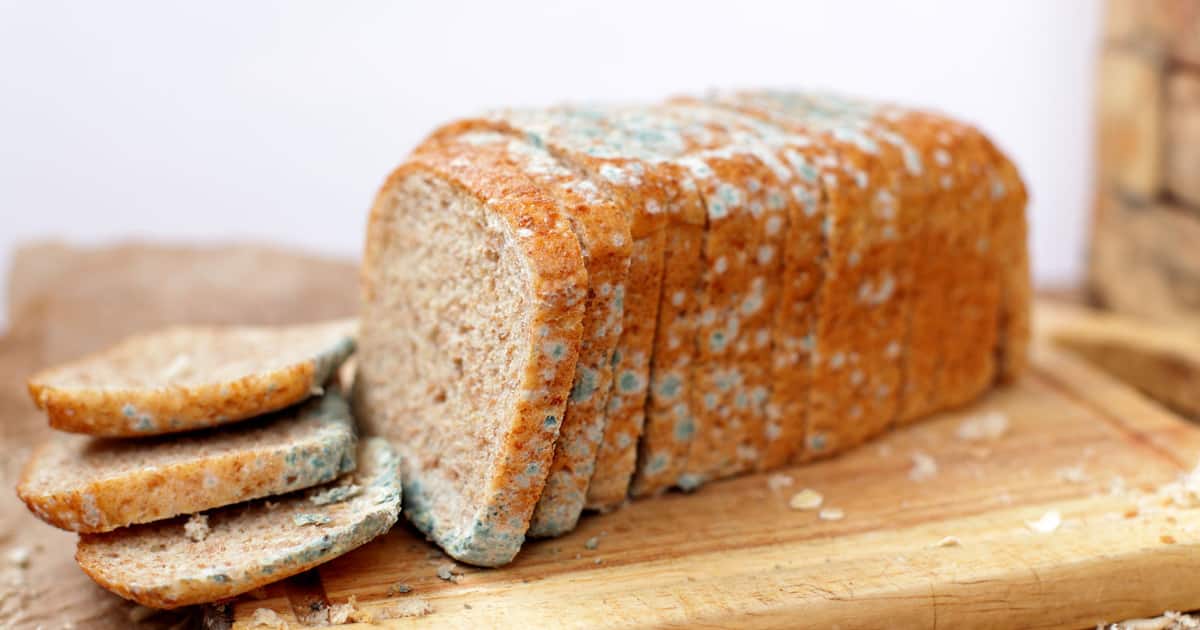
Why Does Bread Get Moldy?
Mold growth on bread is widespread, affecting its quality and posing potential health risks.
To effectively prevent it on bread, it's essential to understand what causes it and identify conditions that promote fungal growth.
Mold Spores: The Unseen Invaders
Mold spores are microscopic particles in the air, waiting for an opportunity to land on surfaces and initiate fungal growth.
Bread's porous structure makes it a prime target for these airborne spores, which wait patiently for ideal conditions to germinate and flourish.
Moisture Levels
Moisture is one of the primary factors responsible for its growth on bread, as its naturally high water content creates an ideal breeding ground.
Factors like humidity, improper storage, or even freshly washed hands can increase bread's moisture levels and encourage mold development.
Temperature
Temperature plays a significant role in how quickly mold grows on bread.
Most thrive between 70degF and 90degF (21degC and 32degC), so storing bread near heating sources or poorly ventilated pantries can unintentionally accelerate growth.
Nutrient Availability
Bread provides an abundant supply of nutrients mold spores need to grow, such as carbohydrates, proteins, and trace amounts of vitamins and minerals.
Unfortunately, this abundance makes bread an ideal breeding ground since it readily consumes the food's nutritional components to feed its expansion.
Expiration Date
Natural preservatives in bread become less effective at protecting it against mold growth over time.
Paying close attention to the expiration date on the packaging can help determine when this product will likely develop and should be consumed or discarded accordingly.
By understanding what causes its growth on bread, you can take proactive measures to minimize its chances of contamination and extend the freshness of your loaves for as long as possible.
What is Mold?
Mold, a ubiquitous yet misunderstood organism, plays an integral role in our environment.
To effectively manage its presence and impact on our homes and surroundings, it's essential to understand mold's nature, characteristics, and how it interacts with its environment.
A Type of Fungus
A type of fungus, an organism distinct from plants and animals. Fungi, such as molds, act as natural decomposers, breaking organic matter into simpler compounds that other living things can utilize in the ecosystem.
Microscopic Building Blocks: Hyphae and Spores
Molds are composed of thread-like structures called hyphae, which form a network called mycelium. This mycelium produces spores, microscopic particles released into the air to promote its reproduction and dispersal.
A Spectrum of Varieties
Molds come in thousands, each with characteristics, growth patterns, and preferred environments. Some of them can be beneficial, such as those used for food production or medicine manufacturing.
On the other hand, some have toxic potential if present in large numbers - leading to health issues or structural damage when present.
Mold's Role in the Ecosystem
They play a crucial role in the ecosystem, acting as organic decomposers by breaking down dead organic materials such as plant matter, wood, and even some synthetic items.
Through this decomposition process, mold helps recycle nutrients back into the soil for healthy new growth.
Conditions That Encourage Growth
Factors like moisture, temperature, and the availability of nutrients heavily influence mold growth.
Generally speaking, they thrive in damp, warm environments with plenty of organic matter for sustenance. Knowing these conditions can help prevent mold buildup in our living spaces.
Understanding its nature and characteristics is essential for effectively managing its presence and mitigating potential negative impacts on our health or environment.
By acknowledging its role in our ecosystem and the conditions that encourage its growth, we can take informed steps to maintain a healthy balance between mold and our daily lives.
How to Spot Mold on Bread
Spotting mold on bread is crucial for ensuring food safety and preventing the consumption of spoiled products.
Recognizing the telltale signs of it can help you take timely action, either by discarding the affected bread or addressing the conditions that led to its growth.
Colorful Patches
One of the most apparent signs of mold on bread is the presence of colorful patches.
Depending on the species, these can range in color from green, blue, or black to white, yellow, or even pink.
Be vigilant for any unusual spots or discolorations on your bread's surface, which may indicate its growth.
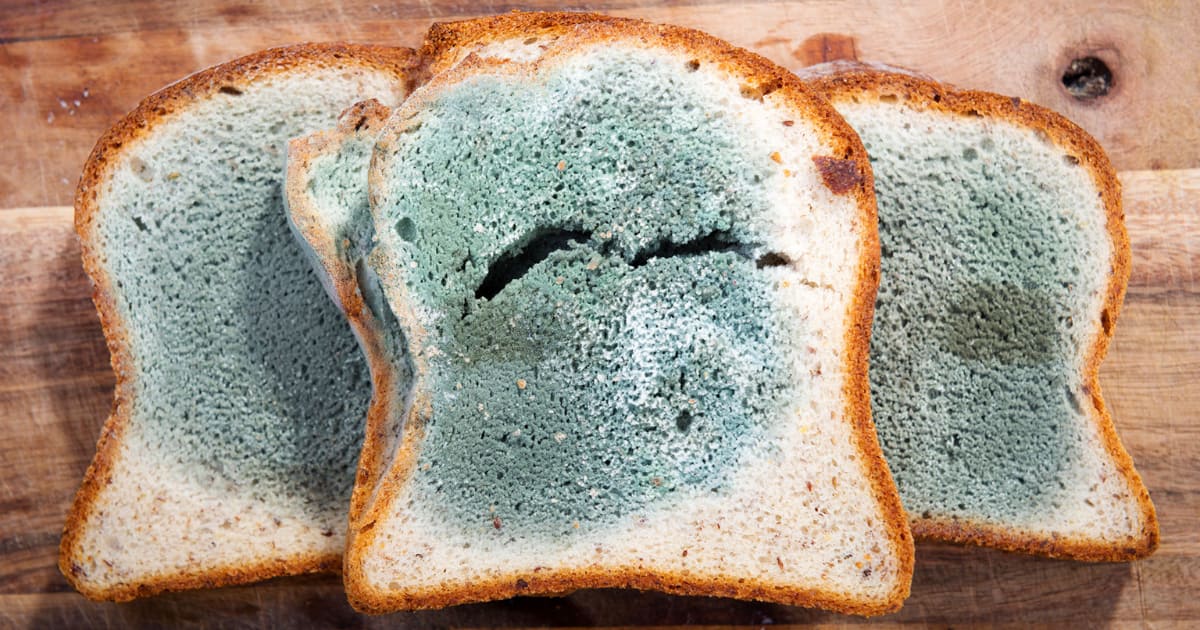
Furry or Powdery Textures
Mold growth on bread can often result in a furry or powdery texture, as the fungal hyphae create a visible network on the bread's surface.
If you notice unusual textures on your bread, exercise caution and inspect it more closely for mold.
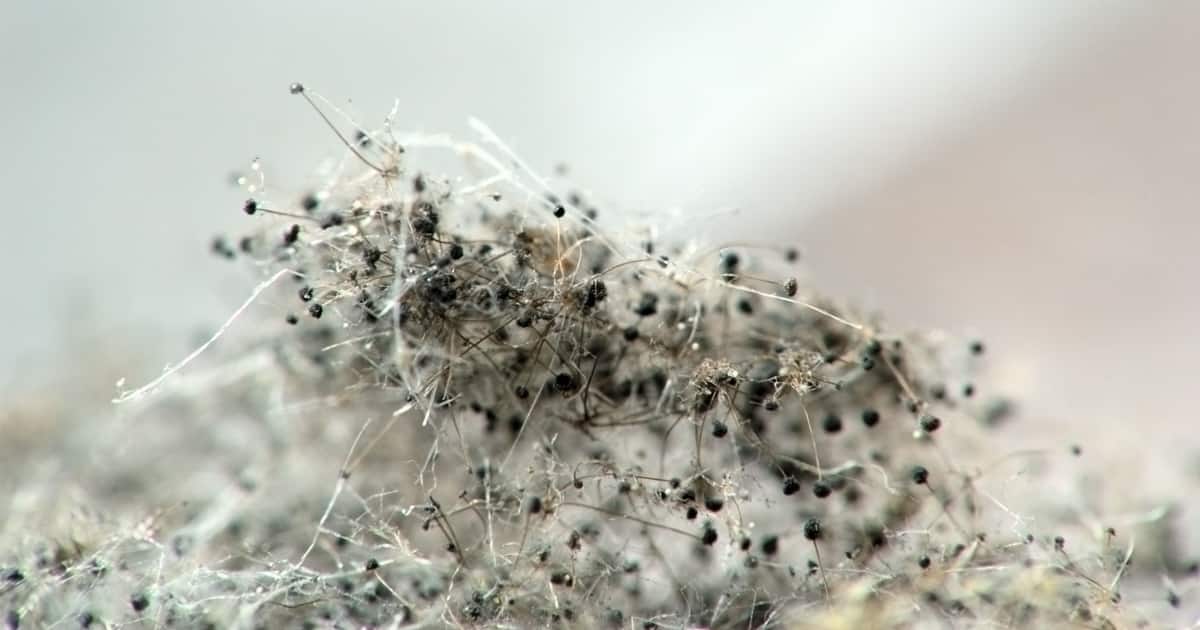
Off-Odors
A distinct musty or sour smell is often associated with mold growth on bread.
If you detect an off-odor when handling or opening your bread container, examining the bread for any visible signs of mold before consuming it is essential.
Changes in Bread's Consistency
Mold growth can alter the consistency of bread, making it either unusually soft or hard in certain areas.
If you observe any inconsistencies in your bread's texture, it's wise to inspect it further for potential mold contamination.
Mold Growth in Concealed Areas
Mold can sometimes grow between slices or beneath the crust in less visible areas.
Check these hidden spots when inspecting your bread for it, as they can harbor fungal growth without immediately revealing their presence.
By detecting it on bread, you can ensure the safety and quality of your food.
Look for the key signs and visual clues that indicate its growth, and take prompt action to address any issues you may encounter.
In doing so, you'll protect your health and maintain the freshness of your bread for as long as possible.
Common Types Found on Bread
We'll look at some of the most common varieties found on bread.
Rhizopus Stolonifer
Rhizopus stolonifer, or black bread mold, is commonly found on bread. It has a fuzzy appearance and can range from grey to black.
Unfortunately, this one often leads to loaf spoilage and produces mycotoxins.
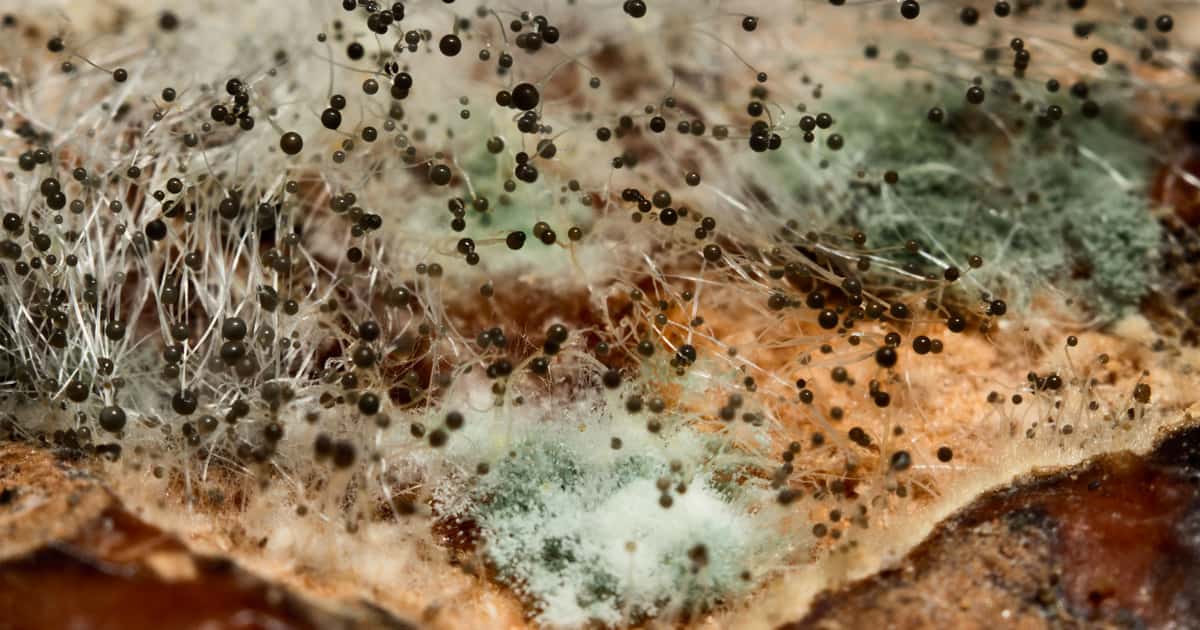
Penicillium
Penicillium is usually blue or green in hue.
It can grow on many foods, such as bread. Some types are even used to manufacture antibiotics. But, unfortunately, some kinds of Penicillium produce mycotoxins.
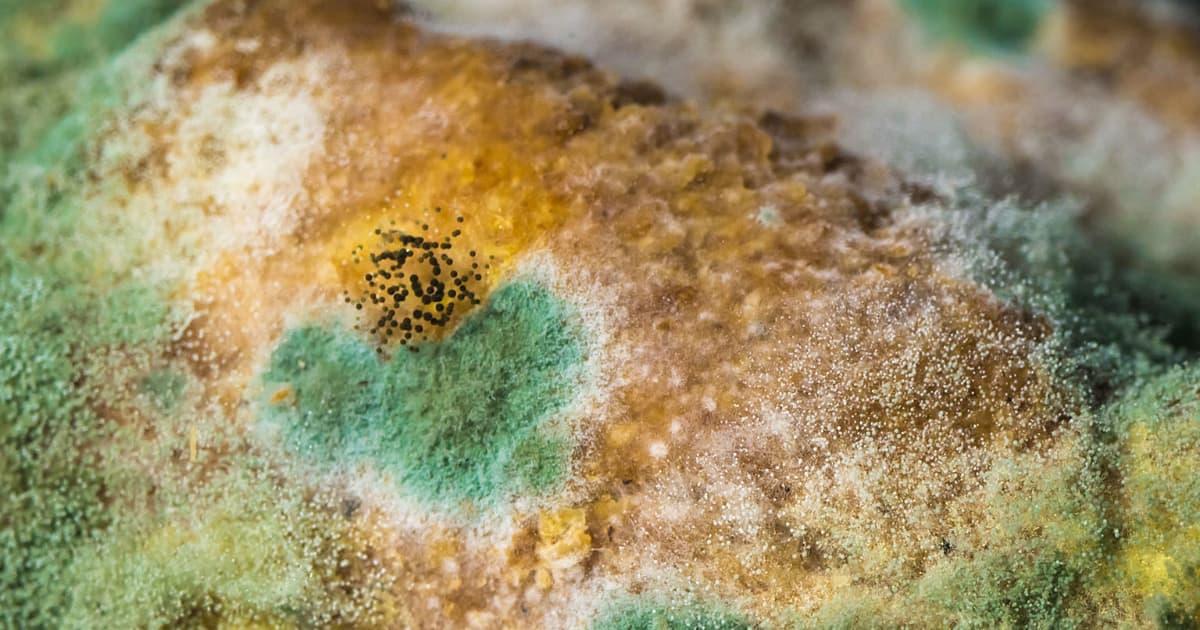
Aspergillus
Aspergillus commonly grows on bread and other food items.
It may range in color from yellow to green and has an earthy-hued appearance.
While some types are harmless, others produce mycotoxins.

Cladosporium
Cladosporium can grow on bread and other food items. It typically has either a black or green appearance and forms fuzzy patches on the bread's surface.
Although Cladosporium is generally non-toxic, some types can produce mycotoxins.
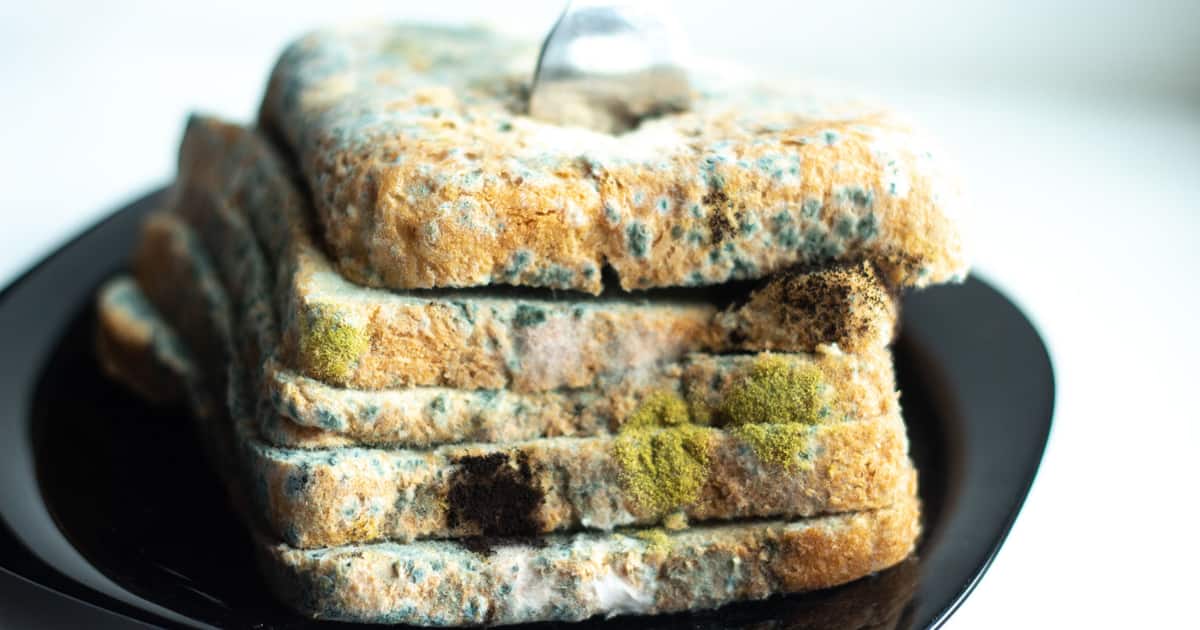
Fusarium
Fusarium is an organism that can grow on bread or other grains. It ranges in color from pink to red and produces mycotoxins.
Various types of it can grow on bread, each with distinctive traits. While some types are harmless, others produce mycotoxins that could pose human health risks.
Therefore, if you spot any growing on your bread, it's best to discard it immediately to minimize potential health hazards.
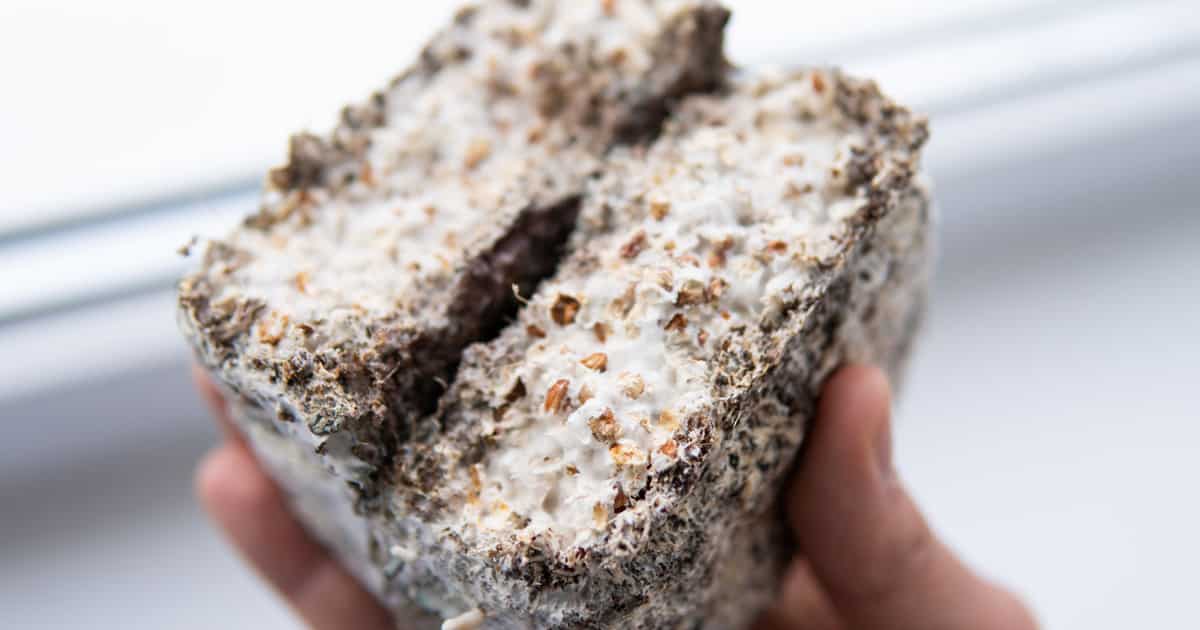
Health Effects of Eating Moldy Bread
Consuming moldy bread can have serious health repercussions, so it's essential to be aware of the hazards and signs related to exposure.
We'll explore some of these effects so you can better comprehend them and take steps to protect yourself and your family's well-being.
Allergic Reactions to Mold
Consuming moldy bread may cause allergic reactions in some individuals. Symptoms such as itching, skin rashes, nasal congestion, sneezing, coughing, or watery eyes may occur.
People with a history of mold allergies or preexisting respiratory conditions like asthma are particularly vulnerable to experiencing these reactions.
Gastrointestinal Discomfort
Eating moldy bread may cause mild to severe gastrointestinal discomfort, including symptoms like nausea, vomiting, abdominal pain, bloating, and diarrhea.
These reactions are usually due to the body's response to mold or the toxins produced by certain species of mold.
Mycotoxicosis: The Effects of Mycotoxins
Some molds produce toxic compounds known as mycotoxins, which can be harmful when consumed or inhaled.
Consuming bread contaminated with mycotoxins may lead to mycotoxicosis, characterized by fatigue, dizziness, headaches, muscle aches, and fever.
It may even lead to liver damage, kidney dysfunction, or neurological issues in severe cases.
Compromised Immune System Function
Consuming moldy bread regularly may weaken the immune system, leaving people more susceptible to infections and illnesses.
This is especially concerning for individuals with preexisting health conditions or compromised immune systems, as they may experience more severe symptoms or complications.
Long-Term Health Risks
While exposure to moldy bread is unlikely to cause long-term harm for most individuals, frequent mold-contaminated foods can increase the likelihood of chronic health issues like persistent respiratory difficulties, neurological disorders, or the possibility of developing certain cancers.
Awareness of the health hazards associated with eating moldy bread and mitigating them is paramount for protecting yourself and those you care about.
You must also remain vigilant when handling and storing food items, ensuring their safety and quality; doing so can reduce any adverse health effects caused by inhaling moldy bread.
Prevention and Tips to Prevent Mold on Bread
There are several preventive measures you can take to keep your bread mold-free.
Store Your Bread in a Cool, Dry Place
Mold thrives in warm, moist environments; thus, it's essential to store your bread away from these areas, such as refrigerators or countertops where moisture can build up.
Use airtight containers
To prevent moisture from seeping into your bread, use airtight containers. This also stops any airborne spores from landing on it, leading to mold growth.
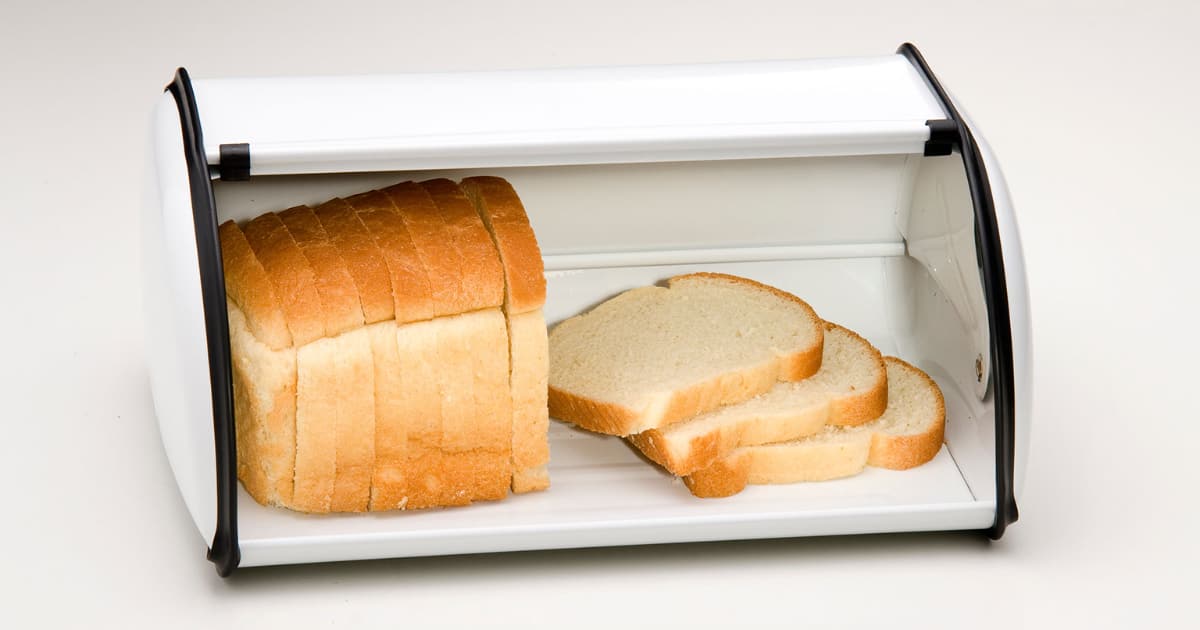
Keep Your Bread Fresh
Fresh bread has less of a risk for mold than older bread, so only buy what you need and freeze any leftovers.
When ready to enjoy them, thaw them at room temperature before heating them in the oven.
Avoid touching bread with dirty hands
Make sure your hands are clean. Avoid touching it with dirty hands or using utensils that haven't been appropriately disinfected.
This will prevent bacteria or mold spores from transferring onto the loaf of bread.
Check Your Bread Regularly for Mold
Even with the best preventive measures, mold can still develop on bread. Therefore, checking your loaf regularly for any signs of mold growth and discarding it entirely is essential. Additionally, clean any storage containers thoroughly afterward.
Finally, preventing mold on bread requires creating the ideal environment. By storing it in a cool and dry place using airtight containers, keeping it fresh, avoiding touching it with dirty hands, and regularly checking for mold growth, you can ensure your bread stays free from contaminants and is safe to consume.
What to Do if You Discover Mold on Bread
Finding mold on your bread may cause serious health issues; don't fret.
Here are some helpful tips and precautions for when you find mold on your bread:
Do Not Consume Moldy Bread
The first and foremost step should be to avoid eating moldy bread. Even if you only spot mold on one slice of bread, discarding the entire loaf to prevent cross-contamination is best.
After Discarding Moldy Bread
Check all nearby loaves for any signs of mold. If you spot any, discard them too.
Even if some look clean on the outside, inspecting them thoroughly to guarantee they are safe to consume is always wise.
Check the Storage Conditions
Mold thrives in warm and humid environments, so it is essential to monitor the storage conditions of your bread.
Store it away from direct sunlight and moisture, and ensure that any containers or bags used for storage are tightly sealed to prevent air infiltration.
Practice Good Hygiene
Mold can spread rapidly when handling bread, so good hygiene is essential.
Please wash your hands before and after handling bread, use clean utensils and surfaces when prepping and cutting it, and avoid touching the loaf directly with your hands. Use tongs or gloves instead.
Consider Alternatives
If mold frequently appears on your bread, consider switching to alternative storage methods or purchasing smaller amounts more regularly.
Freezing bread also helps extend its shelf life and reduces the likelihood of mold growth.
Finding mold on your bread can be alarming, but these tips and precautions will help minimize health risks.
Always prioritize your health and safety by discarding any moldy bread immediately.
Conclusion
Mold on bread is a problem that can be avoided. Following this article's tips, you can store your bread properly and prevent mold growth.
While not all molds are harmful, it's best to err on the side of caution and avoid eating bread with visible mold growth.
If you discover mold on your loaf, discard it immediately without attempting salvage.
Stay safe, and enjoy your bread!

